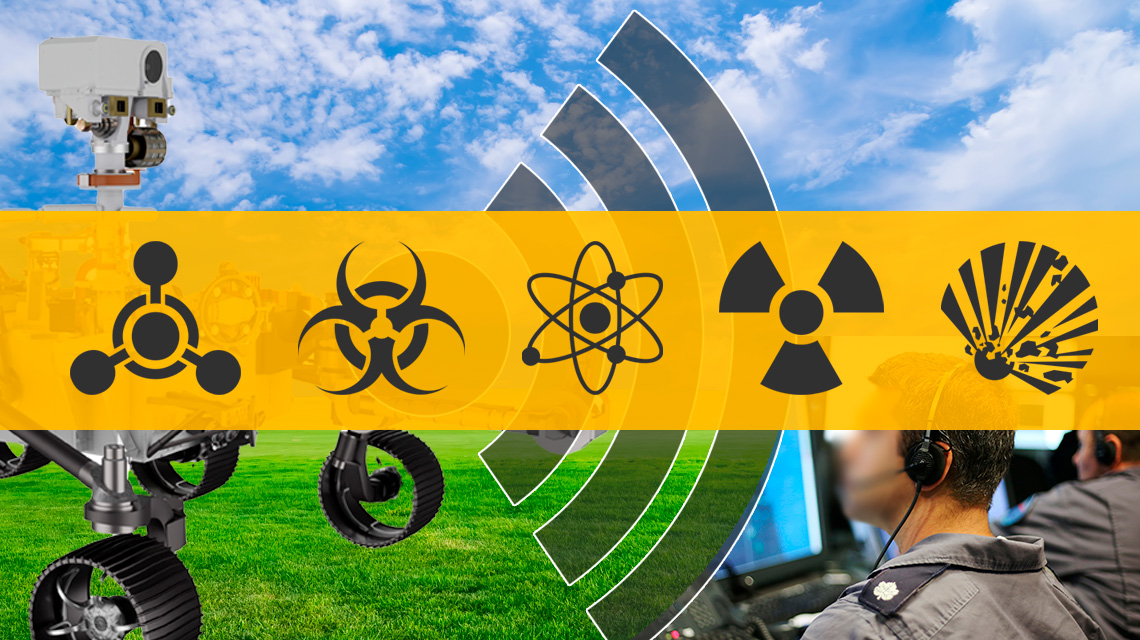Italian National Agency for New Technologies, Energy and Sustainable Economic Development

Safety: Robotic arms, hi-tech sensors and laser technologies to counter CBRNe attacks
Preventing terrorist threats and chemical, biological, radiological, nuclear and explosive (CBRNe) attcks with innovative technologies, state-of-the-art solutions and integrated platforms is the objective of the MoSaiC[1] project, funded with over 4.4 million euro by the European Defense Fund[2], which comprises institutions and industries from 5 European countries[3], for a total of nine partners, including ENEA, SAFE Foundation (coordinator), Cnr, CREO Consortium and University of L'Aquila for Italy[4].
Specifically, ENEA will deal with the development of laser technologies to identify and monitor chemical and biological threats in crisis situations deriving from attack scenarios and coordinate validation and exploitation of results. The Agency will also work in three of the four "key areas of innovation", namely the development of:
LPAS (Laser PhotoAcoustic Spectroscopy), an innovative, compact and autonomous system for monitoring chemical threats capable of operating on board an UGV (Unmanned Ground Vehicle); the laser sensor on board the vehicle can detect the threat and send the information to the command and control station.
LIBS (Laser Induced Breakdown Spectroscopy), a compact device for remote detection of biological warfare agents capable of operating on board a UGV vehicle.
Smart swab, a robotic arm capable of tracking biological and chemical threats in real time and, once identified, testing them through an active swab based on Raman spectroscopy.
"Considering the times we are going through, preventing and countering the threat of terrorism or protecting soldiers’ lives in war theaters is a priority", said Luca Fiorani, researcher at the ENEA Diagnostics and Metrology Laboratory and contact person for the project. "In this context - he continued - the cutting-edge technologies developed by the project will help increase safety even where land forces operate in a threat-intensive environment, facing potential technically advanced adversaries".
The hi-tech platform will feature high usability, applicability and adaptability, in line with the European Commission's objectives of enhanced cooperation and innovation and the evolution of Europe’s defense.
ENEA’s contribution will be based on the technological know-how and expertise of the LPAS technique, previously applied in the creation of the innovative FoodSensor, a new portable laser device which can identify and signal food frauds through a "traffic light" system in less than five minutes.
Notes
[1] MoSaiC – real-time Monitoring and Sampling of CB menaces for improved dynamic mapping of threats, vulnerabilities and response capacities
[2] EDF, European Defence Fund
[3] Austria, Denmark, Estonia, Italy and the Netherlands
[4] The other 4 partners are: Austrian Institute of Technology, Bruhn NewTech, CAFA Tech and RE-liON.
